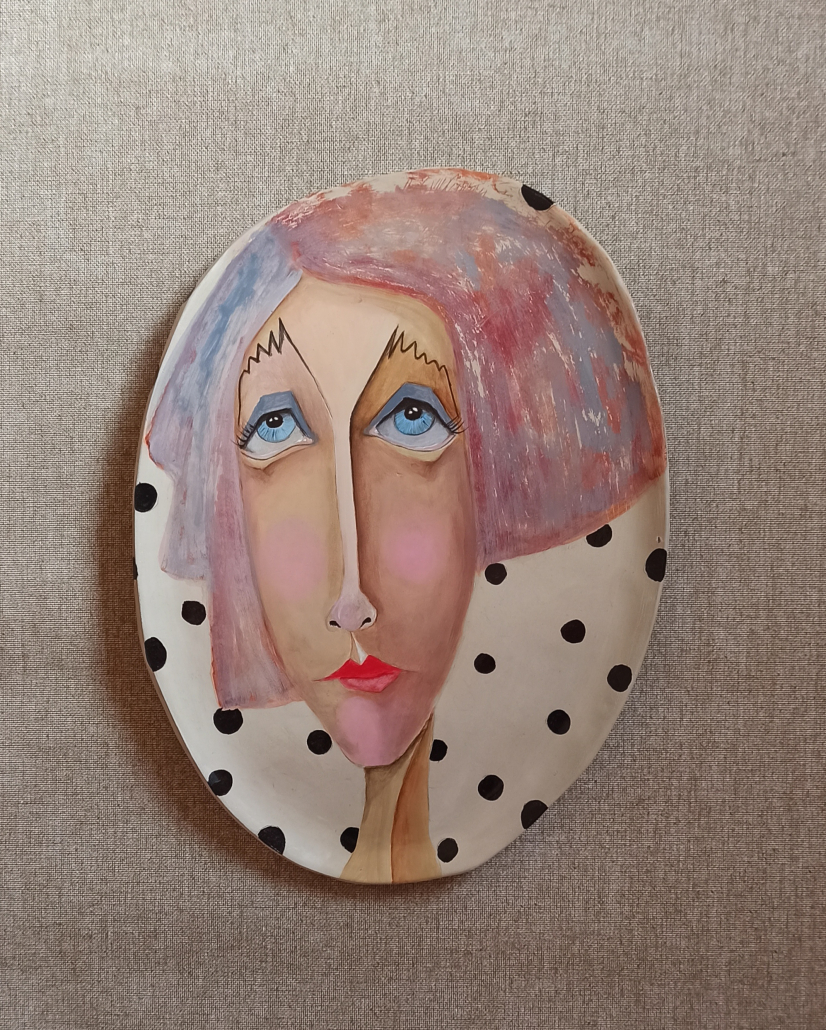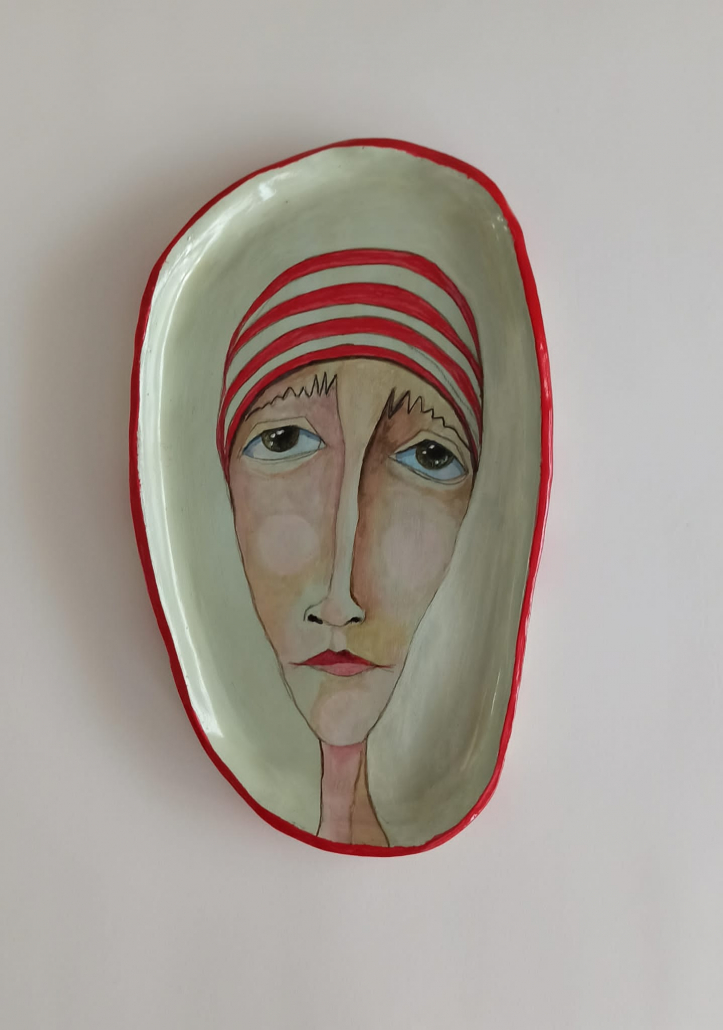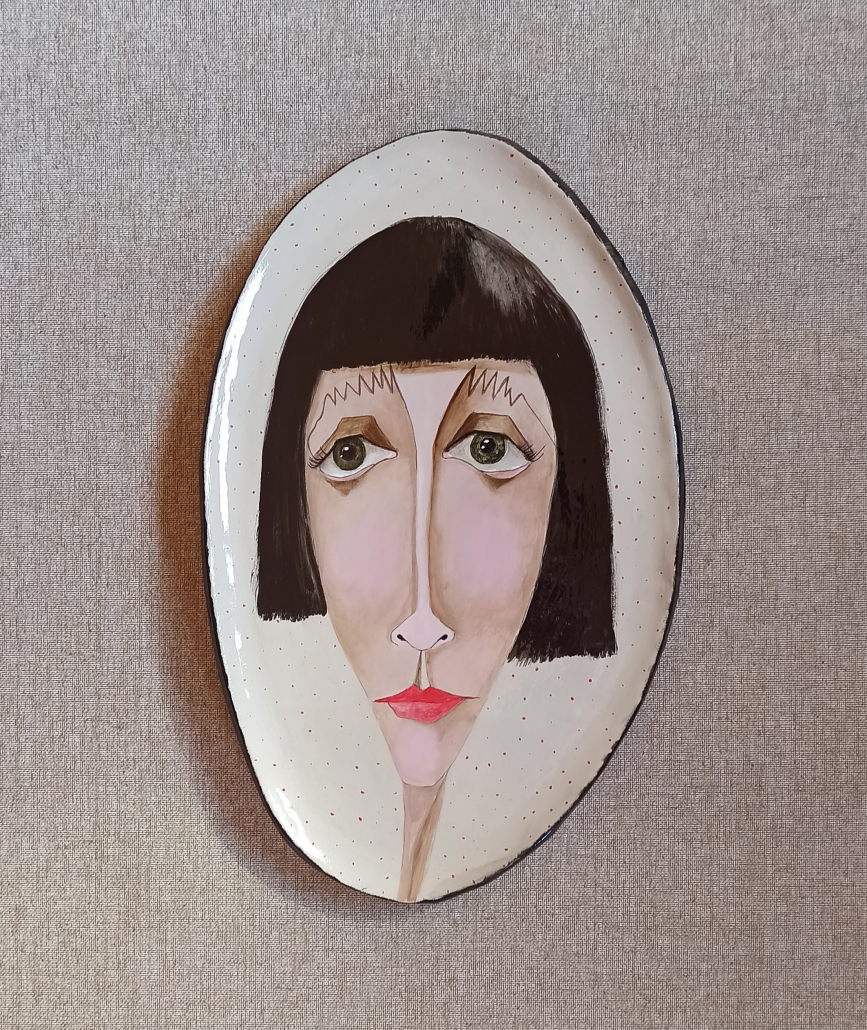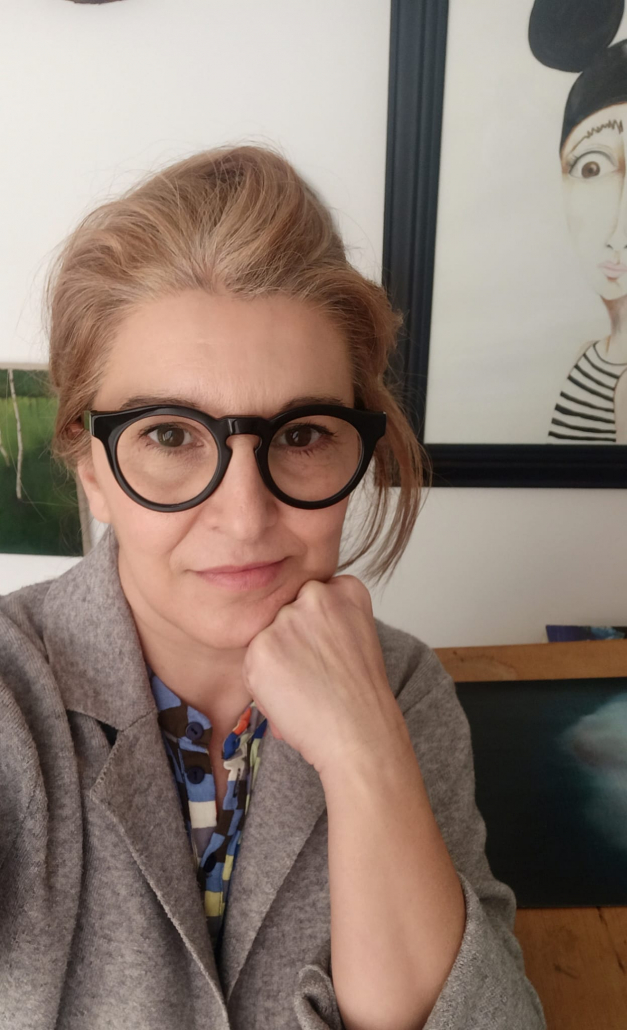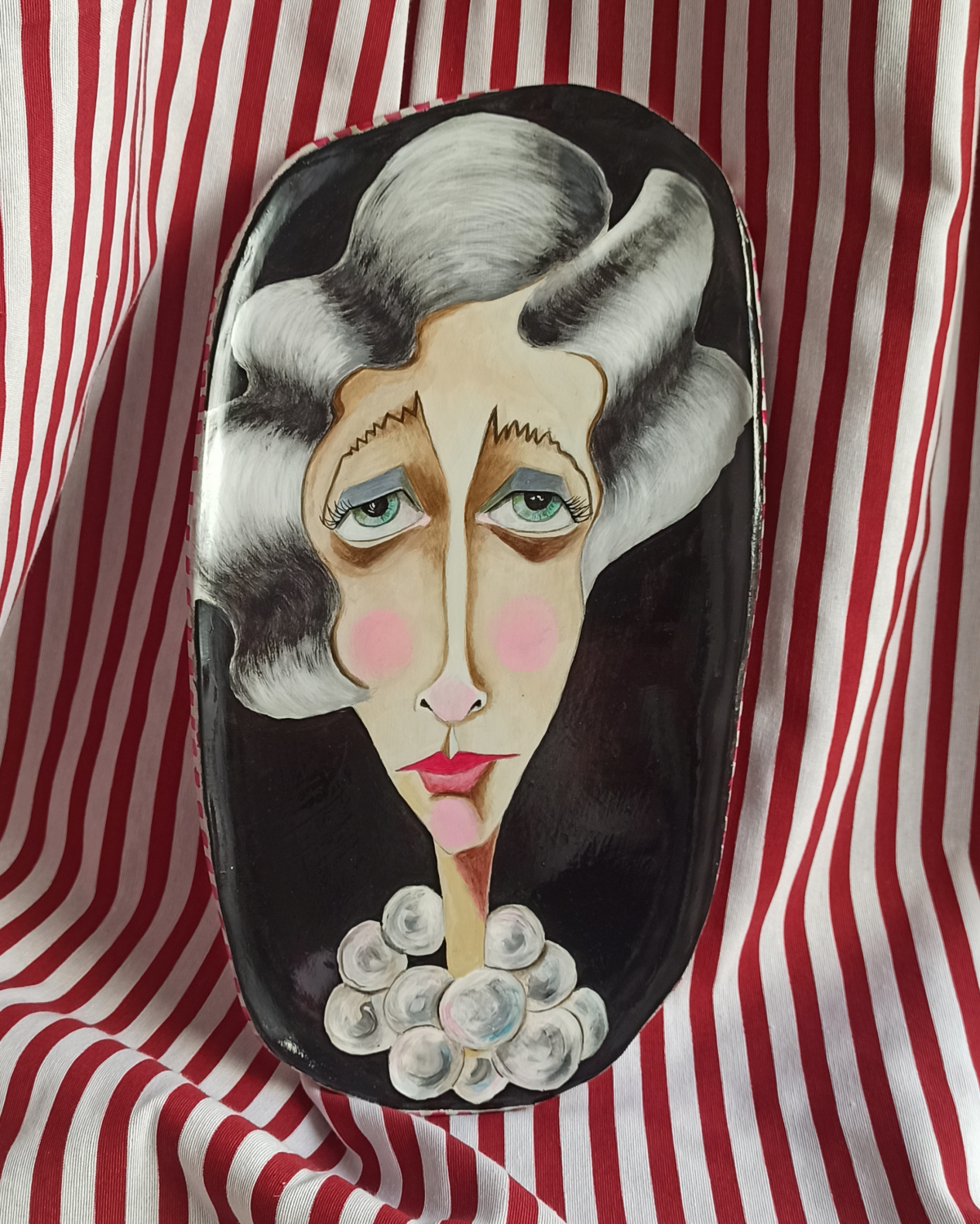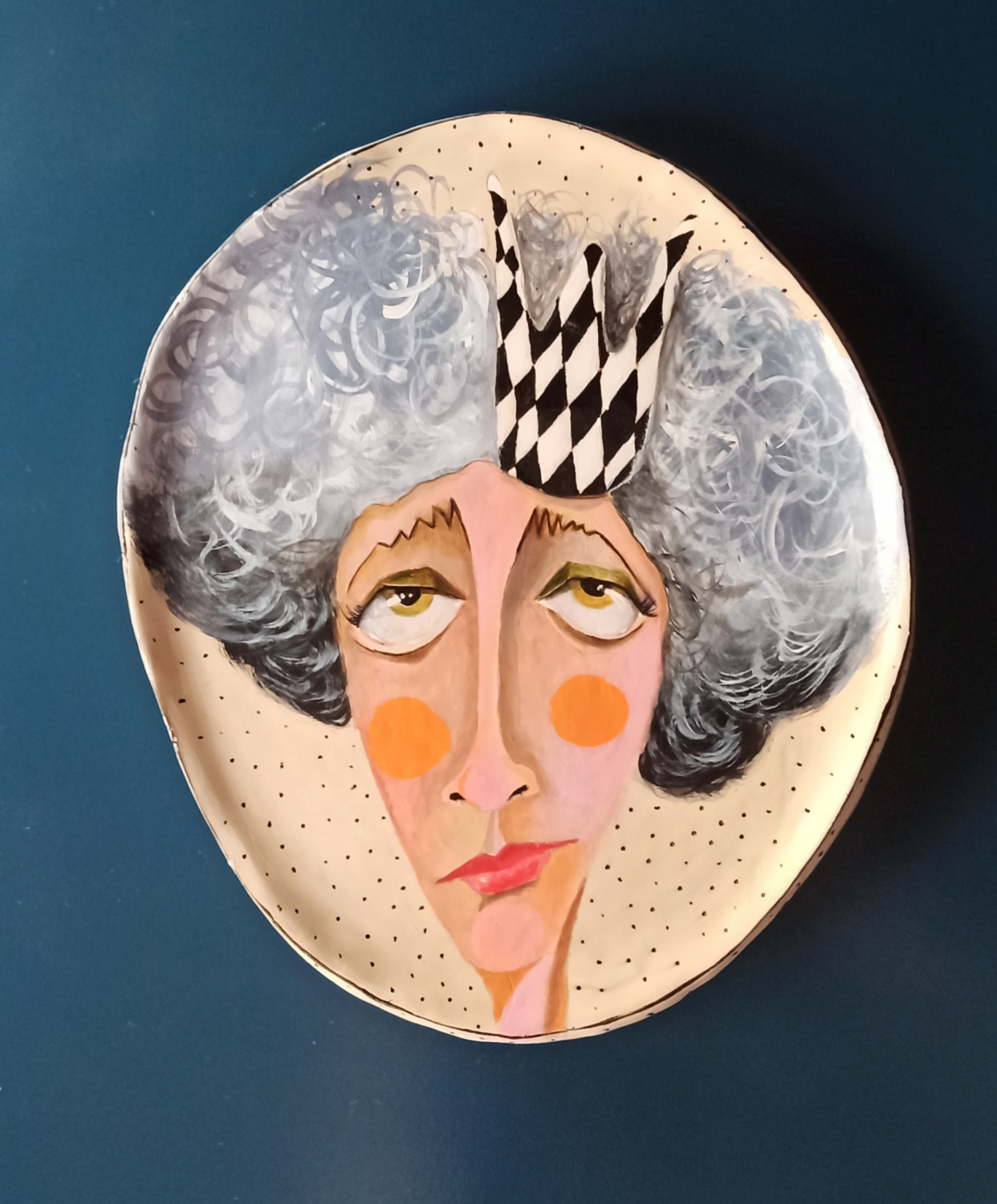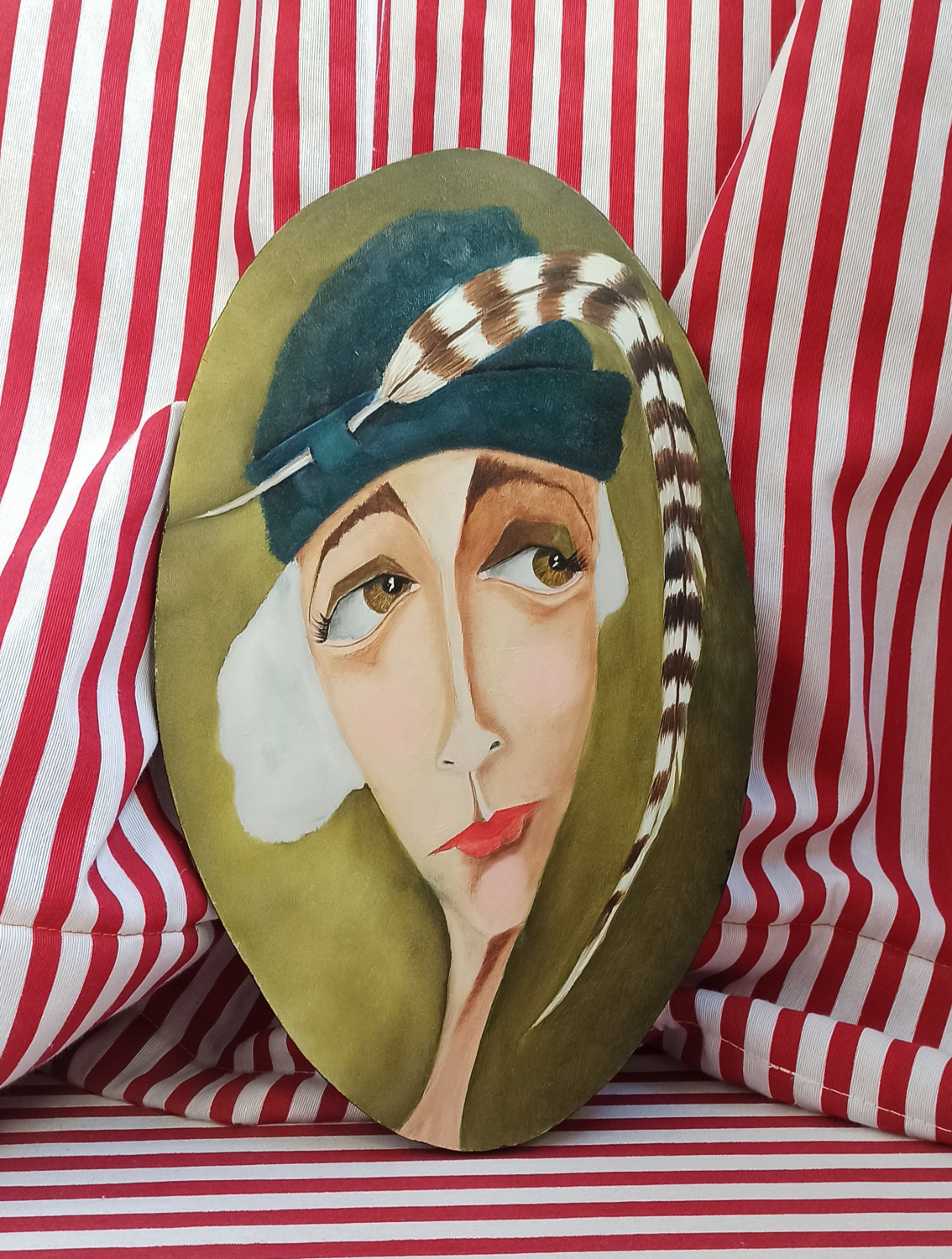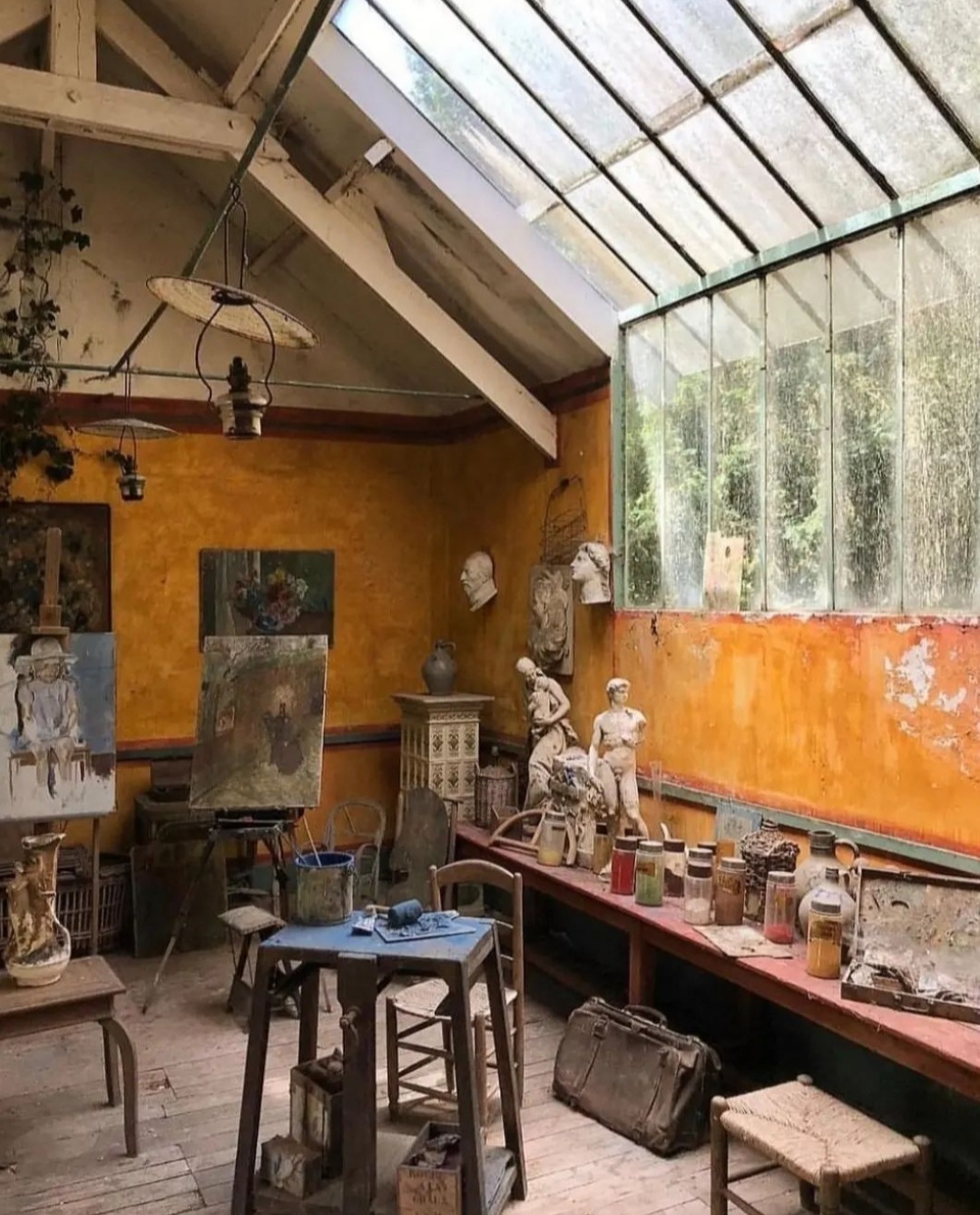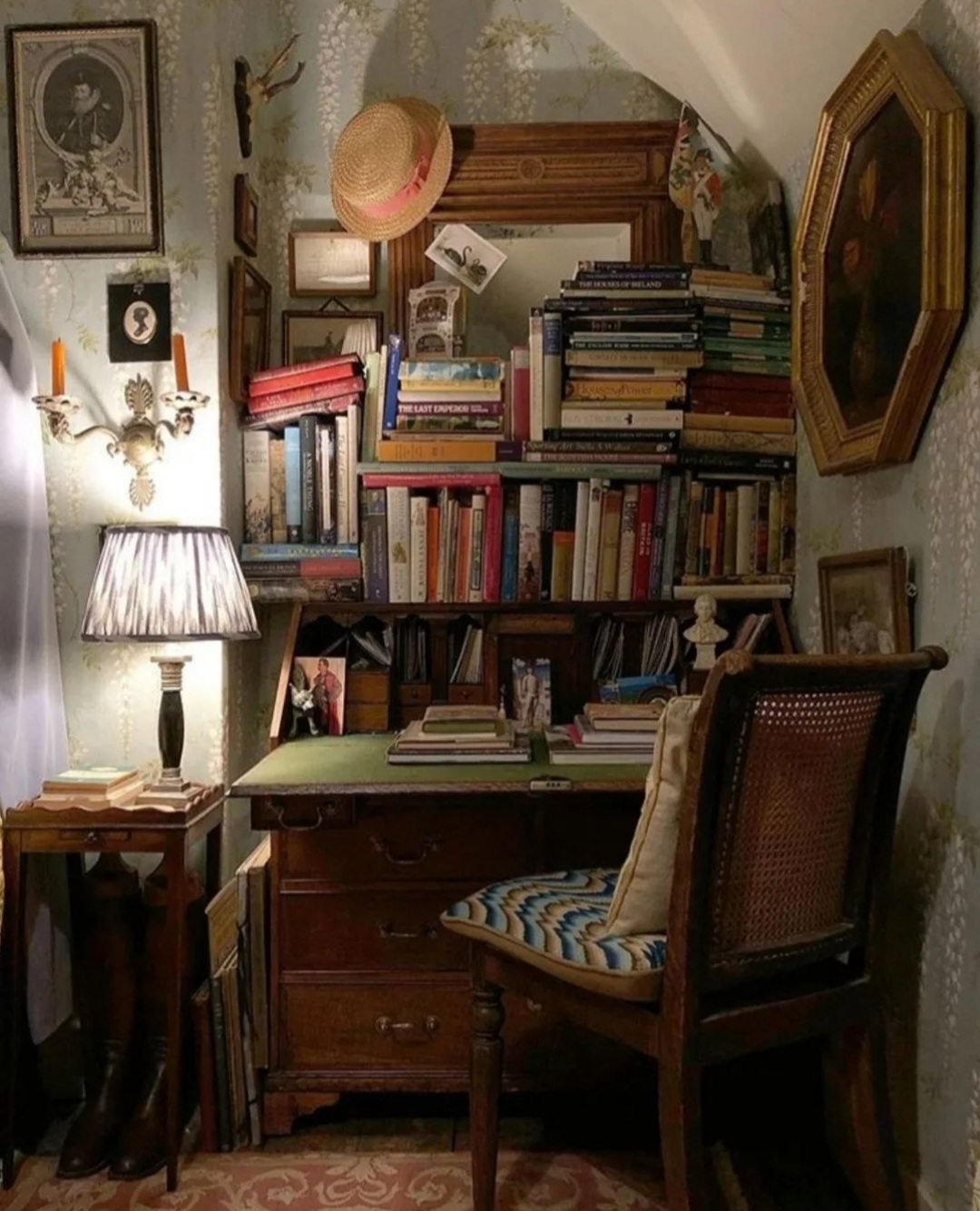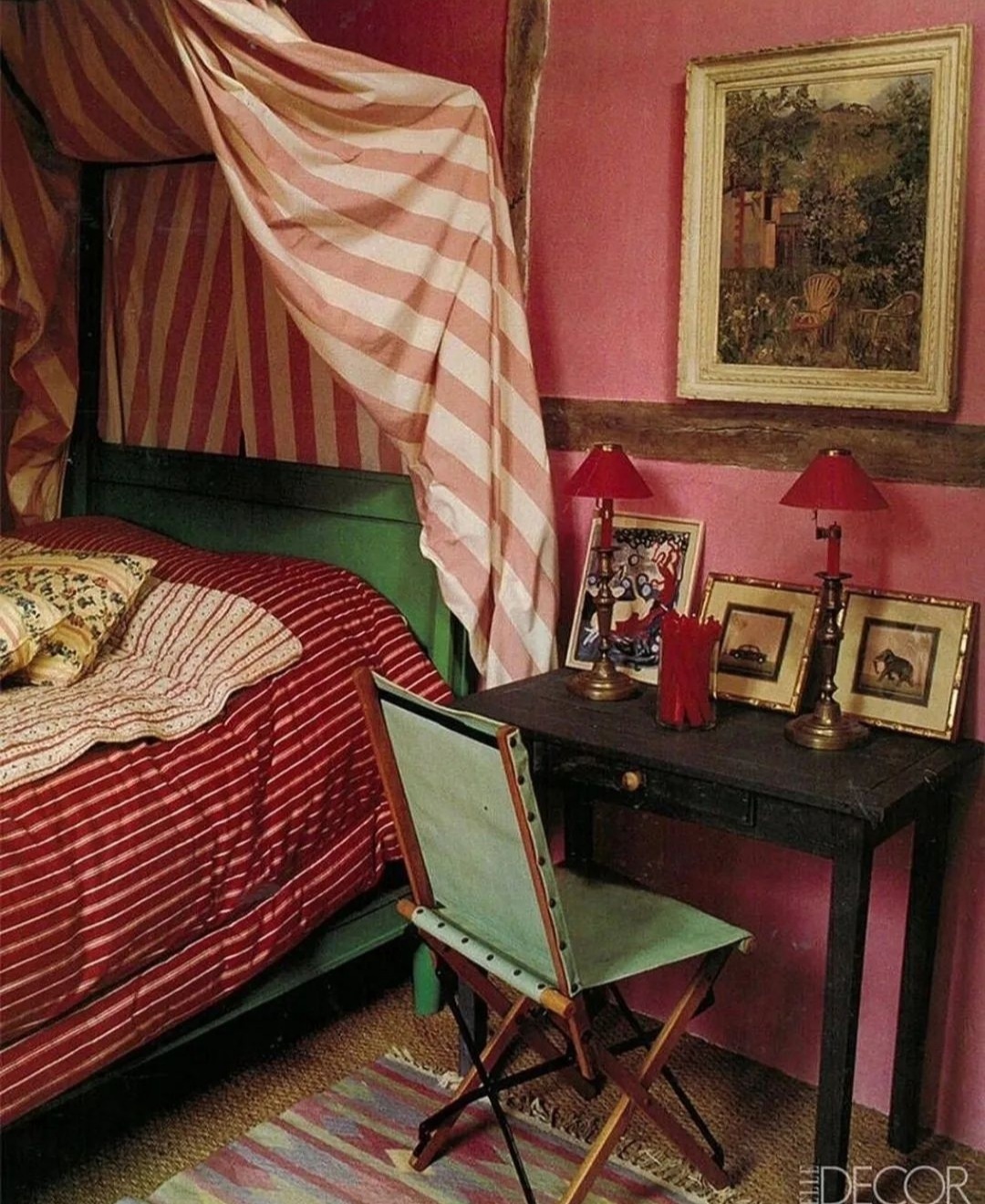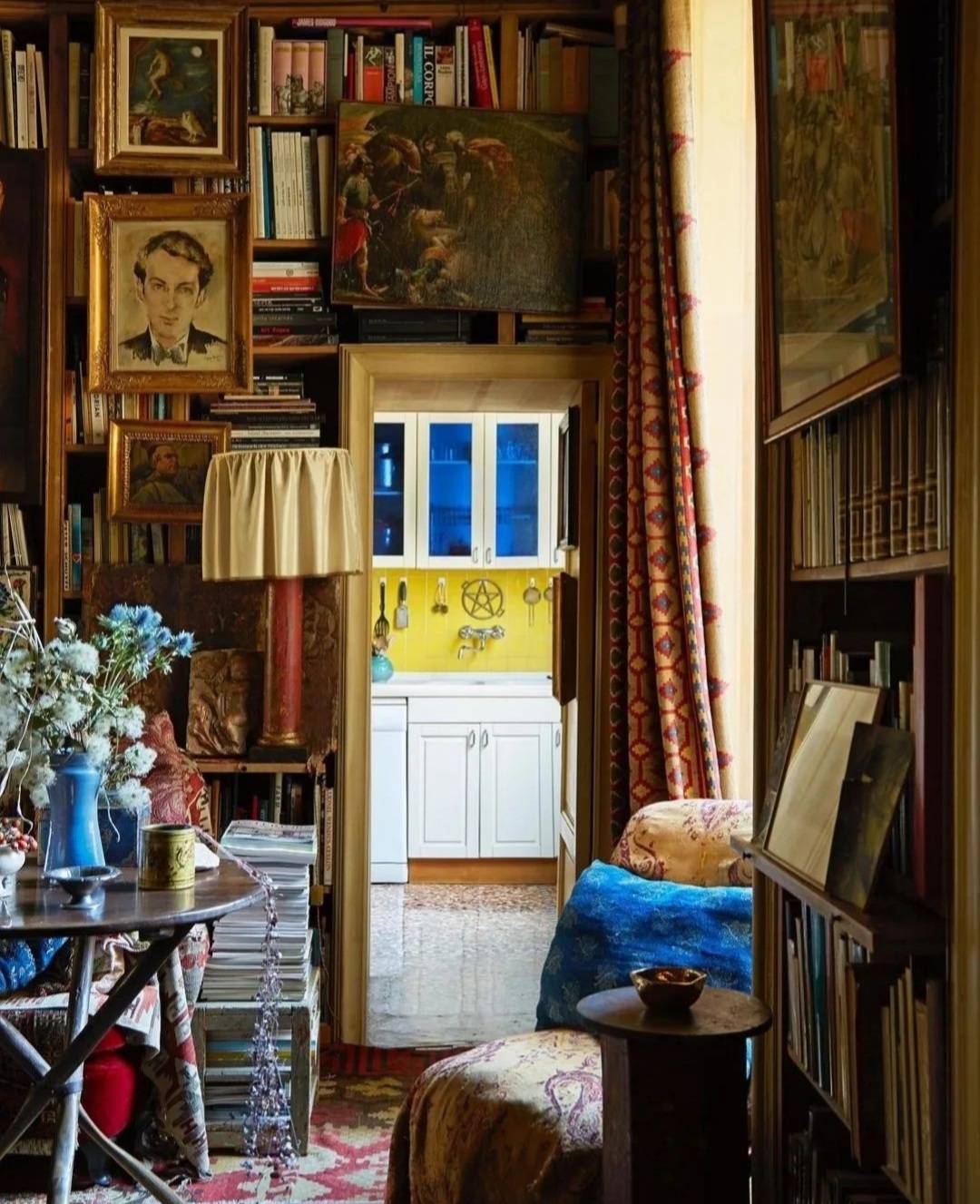Artblog Find your Treasure
FACE TO FACE WITH ART: HAND-PAINTED WALL PLATES
The artist Carmen Roncero was born in Riolobos although she has always lived in Plasencia, Cáceres. She began painting as a child, studied delineation and has worked in various architectural studios, furthering her training at the Rodrigo Alemán School of Fine Arts.
She is currently fully dedicated to painting and is about to inaugurate her exhibition “The Dematerialised Landscape” at the Complejo Cultural Santa María in Plasencia and continues to train in other fields such as sculpture and ceramics. During the pandemic Carmen began to paint ceramic plates with women’s faces, which were exceptionally well received, and since then her production has been growing at a dizzying rate.
In addition to abstractions you also paint women’s faces, do you have any other register?
My works have different styles and techniques and I also work in different media, such as paper, canvas and ceramics among others, I like to investigate and try different themes, although it is true that, although I work in other styles, I always come back to the abstractions of landscapes and the melancholic faces of women.
What does your new exhibition “The Dematerialised Landscape” consist of?
The dematerialised landscape includes a series of oil paintings where landscape and abstraction merge, paintings that are difficult to describe verbally and which are more suited to a sensitive language and an emotional reading by the spectator.
“I am an intuitive painter and this, together with the naturalness that my work transmits, gives rise to my own particular style that avoids fitting into any artistic current.”
Carmen Roncero
Let’s talk about your handpainted plates. What material are they made of? How many women’s faces do you have?
I started making the decorative plates in the middle of the pandemic, I tried out different air-drying clays, different thicknesses to check the level of resistance, different paints and varnishes until I found what was best suited to this type of material.
I also make ceramic plates, but I play a lot with the colours on the faces and the chromatic result in ceramic is not as faithful to the original work as it is in air-drying plates.
I have already painted more than 100 plates of faces, I am seeing that people like to put more than one, as if it were a small collection of different women, so I paint plates with new women’s faces every day and all of them are unique.
I am very happy with the good reception that my plates are having, the truth is that I didn’t imagine this success when I started painting them.
What is your inspiration for painting these wonderful women?
I suppose personal experiences, what you see and live day by day, also seeing works by other artists is always enriching, I remember some paintings I saw by Oswaldo Guayasamín, a pictorial series called “La edad de la ira” (The age of anger) that impressed me a lot.
What kind of woman do your faces represent?
Se podría decir que, a cualquier mujer, sobre todo a mujeres valientes, esas que no han tenido el camino allanado, pero siguen adelante, mujeres con una historia de superación, mujeres desubicadas que no encuentran su lugar.You could say, any woman, above all brave women, those who haven’t had the road paved for them, but who keep going, women with a story of overcoming, misplaced women who can’t find their place.
There is a phrase by Andy Warhol that I think sums it up best. “I have a special respect for rebellious people. For all those who are called ‘black sheep’. Because it is not a sign of good health to be well adjusted to a profoundly sick world”.
Why that charming melancholy in their looks?
During the drawing process I let myself go, I don’t think or have a preconceived idea of what I’m going to do, I just start drawing, I guess I find those faces more interesting, I imagine that behind that melancholic look there is always an intriguing story at least.
Since when did you start painting women?
I have always drawn, but I remember when I started to do these faces, at that time I was working in the town planning department of a fairly large company, where everything was asked for “yesterday”, a stressful time, at night and at home when my son was already asleep and everything was calm, I sat down to draw and it was my time to disconnect, every day I drew a face, they were sketches that I made on any paper…and the result was always a woman’s face with a trace of sadness in the look.
” I carry the wounds of all the battles I have avoided” Fernando Pessoa
This post is also available in: Spanish
